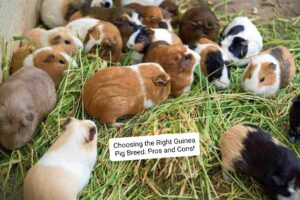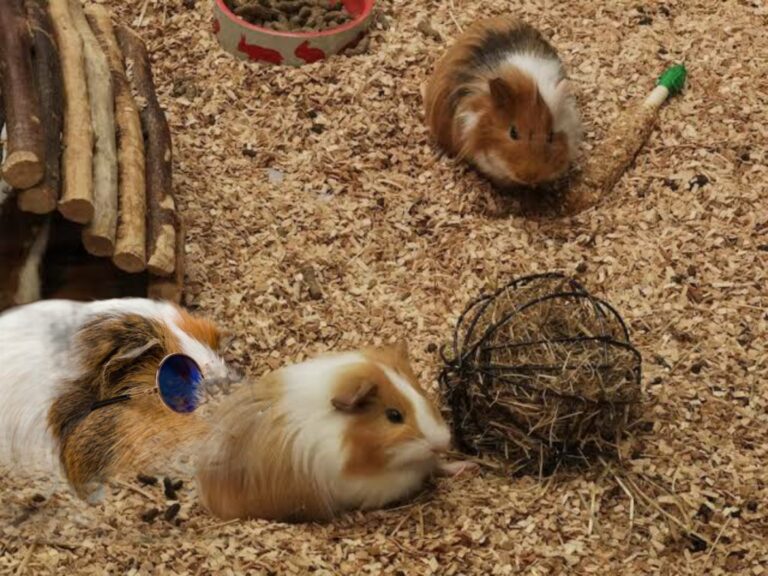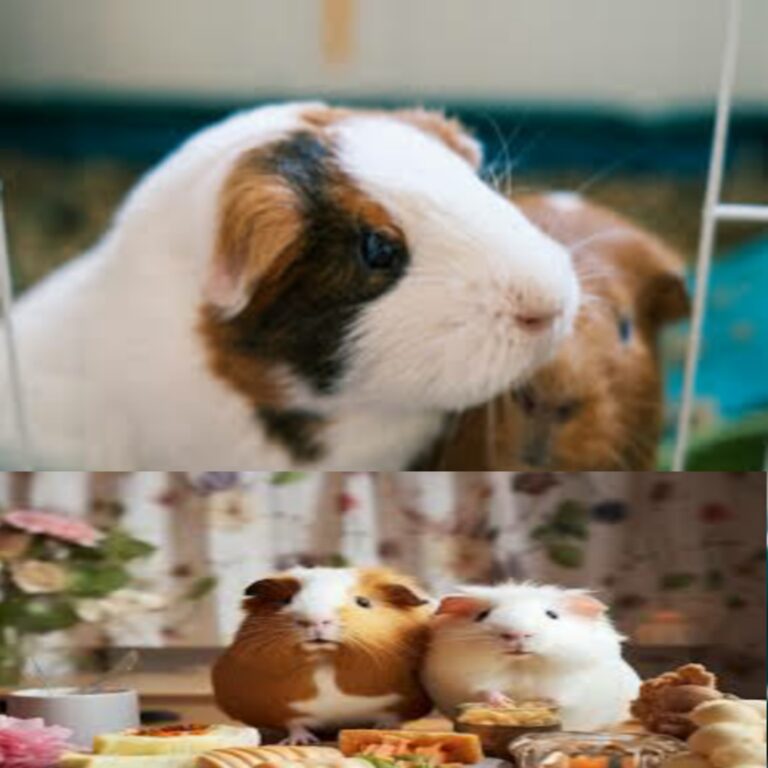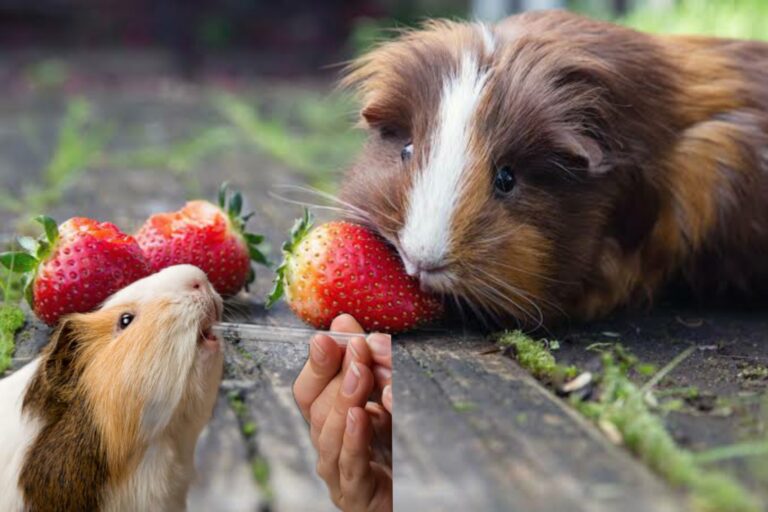
If you’re new to the world of guinea pigs, you might be surprised to learn that there are many different breeds and hairstyles out there. Some of these breeds look quite different from what we typically think of as guinea pigs. New owners often overlook how the breed they choose can affect the level of care required and the bond they develop with their furry friend. In this article, I will discuss the pros and cons of various types and breeds of guinea pigs, dividing them into three main categories: smooth-haired, rough-haired, and long-haired. Let’s explore the differences between these groups and help you decide which one is best for you!
Smooth-Haired Guinea Pigs
Starting with the smooth-haired guinea pigs, these are probably the most common type you’ll encounter. They come in a wide variety of breeds, including the classic Dutch guinea pigs, which have stripes down their noses, as well as self-colored piggies, bicolored, tricolored, agouti, and those with unique patterns like harlequin, dalmatian, and Himalayan or Californian guinea pigs. Smooth-haired guinea pigs offer a fantastic range of colors and patterns, making it easier to find one that catches your eye. You can find them in pet shops, breeders, and rescues, but I always encourage you to reach out to your local rescue first.
One of the biggest advantages of smooth-haired guinea pigs is that they are low maintenance. Their short hair is similar to what wild guinea pigs have, allowing them to groom themselves easily without needing much help from us. While some sources may suggest occasional brushing, in my experience, they rarely need it. Smooth-haired guinea pigs typically do not require baths unless they develop skin issues or parasites. This means less grooming time for you and less stress for your guinea pig, which can help strengthen your bond.
Interestingly, I’ve found that smooth-haired guinea pigs often enjoy being stroked more than other types. Their hair grows in the same direction, making it a pleasant experience for them. They may even show their appreciation by lying down or stretching out their front legs. Because they require less grooming, smooth-haired guinea pigs can be a great choice for children, although I always recommend that older children are better suited for the responsibility of caring for them.
However, if you have your heart set on a guinea pig with unique hair or a different look, you might want to consider other options.
Rough-Haired Guinea Pigs
Next, we have the rough-haired guinea pigs, which include breeds like the Abyssinian, known for its distinctive rosettes, and Swiss, Teddy, and Rex guinea pigs, which have coarse, dense hair that gives them a fuzzy appearance. Rough-haired guinea pigs are still quite common and can also include mixed breeds that combine traits from both smooth and long-haired varieties.
In terms of grooming, rough-haired guinea pigs are similar to smooth-haired ones. If they don’t have longer hair, they generally won’t need much extra care. However, if they do have fuzzy or longer hair in certain areas, you may need to trim it to prevent tangles. While they don’t require baths, rough-haired guinea pigs may not enjoy being handled or stroked as much as their smooth-haired counterparts. It’s essential to pay attention to their preferences when it comes to petting.
Long-Haired Guinea Pigs
Finally, let’s talk about long-haired guinea pigs, which are often the most visually striking. Breeds like the Peruvian, Sheltie, and curly varieties such as Texels and Merinos fall into this category. While they are undeniably beautiful, long-haired guinea pigs require a lot of extra care and grooming.
To keep their hair manageable, it’s essential to trim the hair underneath and around their bottom regularly. This helps prevent tangles, matting, and discomfort. Long-haired guinea pigs may also need occasional baths, especially if they get dirty or develop skin issues. Additionally, their long hair can make them more susceptible to overheating and skin problems, so if you live in a hot climate, it’s best to avoid keeping long-haired guinea pigs.
Brushing long-haired guinea pigs once a week can help keep their coats in good condition, but it does require extra time and effort. This grooming routine might make it harder to bond with them if they associate you with constant hair maintenance.
It’s also worth noting that long-haired guinea pigs may experience barbering, where other guinea pigs nibble on their hair, leading to uneven lengths. Therefore, don’t expect them to look like the perfectly groomed guinea pigs you see in pictures online.
In conclusion, while long-haired guinea pigs are gorgeous, they may not be the best choice for first-time owners, especially young children. I recommend starting with smooth-haired or rough-haired varieties, or visiting a rescue to find a guinea pig that captures your heart, regardless of its appearance. Remember, it’s their unique personality that you’ll fall in love with, not just their looks.
I hope this information has been helpful! If you have any questions about grooming or if you want to learn more about specific breeds, feel free to reach out. Thank you for taking the time to learn about guinea pigs, and I look forward to seeing you soon!



